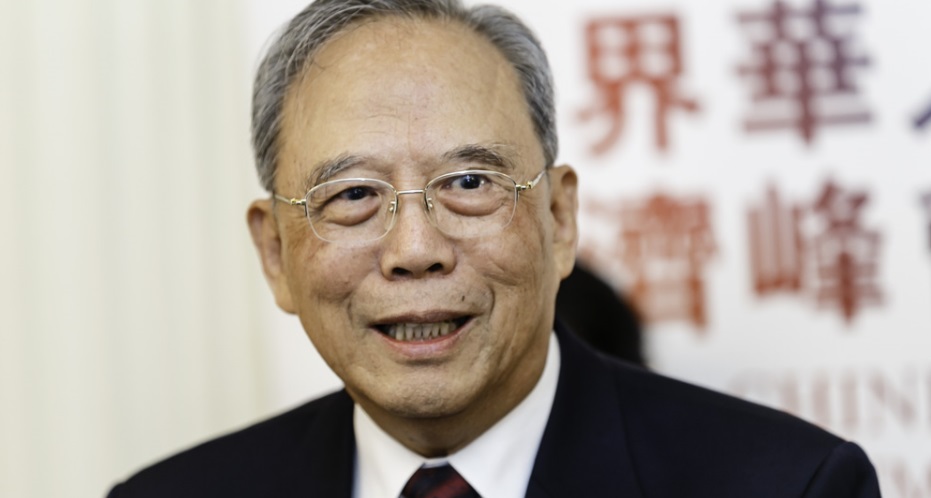Driving commercial and political engagement between Asia, the Middle East and Europe
Driving commercial and political engagement between Asia, the Middle East and Europe
Driving commercial and political engagement between Asia, the Middle East and Europe

The Belt and Road initiative is not a “one-man show being run by China” nor a “unilateral plan.” It is an open and inclusive project that “businesses can take a leading role in.”
These were some of the comments made by former Vice Premier of China H.E. Zeng Peiyan in his keynote address ‘The Belt and Road- Shaping the Future Cooperation between China and Europe’, made at a luncheon to open the 2015 World Chinese Economic Summit held at The House of Lords on Tuesday.
Speaking in Chinese through an interpreter, Mr Peiyan, who is now Vice Chairman of the Boao Forum for Asia and Chairman of the China Centre for International Economic Exchanges, explained that the Belt and Road initiative was a proposal to develop countries along the route connecting Asia and Europe.
“It’s a new roadmap to build a community of a shared future for mankind. It connects East Asia to Europe and the countries in the middle are countries rich in mineral resources that are underdeveloped. If this plan is successfully implemented, it will help those countries to emerge and help build up the Eurasian continent,” he said.
To see pictures of the World Chinese Economic Summit click below:
He explained the Chinese vision of this plan was “not a one man show” nor a “unilateral plan” but rather was “open and inclusive” and was focused on promoting unrestricted trade, financial connections, people-to-people connections, infrastructure connectivity and communications between all countries on the ancient Silk Road routes.
“It’s something that businesses can take a leading role in and follow market routes. So we welcome all companies to take an active role in it and to realise it, to jointly construct it and to share the benefits,” he explained.
He said the plan would incorporate existing initiatives such as the Northern Powerhouse of the UK, the EU’s Juncker investment plan, India’s Cotton Route and Russia’s Eurasian Economic Union.
“The President of China described the Belt and Road as like a painting that could be appreciated from both near and far,” he said.
“In the past two years this Belt and Road initiative has received positive responses from the international community,” Mr Peiyan added, citing 51 agreements and MoUs that have already been signed between Pakistan and China for the Pakistan-China Economic Corridor, as one such example. “I hope overseas Chinese entrepreneurs will engage in this and promote investment in this and explore these markets,” he concluded his speech saying.
The Belt and Road is a slogan coined by the Chinese authorities to describe their initiative to strengthen infrastructure, trade, financial and cultural exchange and improve connectivity between China and Europe along ancient ‘Silk Road’ trading routes.
The envisaged Silk Road Economic Belt will connect China with Central Asia, the Middle East, and Europe by rail and road.
The 21st Century Maritime Silk Route Economic Belt will foster collaboration in Southeast Asia, Oceania, and North Africa, through the South China Sea, the South Pacific Ocean, and the wider Indian Ocean area.
Both will expand trade ties and open up new business and investment opportunities and are a cornerstone of China’s new political and economic strategy.
naomi.canton@asiahouse.co.uk
